Understanding the Need to Protect Wooden Floors from Children’s Toys
Wooden floors are a valuable and attractive feature in any home or business, but they are susceptible to damage from children’s toys. It is crucial to protect wooden floors from scratches caused by toys for several reasons.
Scratches can significantly impact the longevity of wooden floors. over time, accumulated scratches can weaken the wood, making it more vulnerable to further damage. this can lead to costly repairs or even the need for replacement.
Scratches can diminish the aesthetic appeal of wooden floors. they can make the floor look dull, worn, and aged, detracting from its overall beauty. this is especially important for businesses that want to maintain a professional and inviting atmosphere.
Children’s toys can cause various damages to wooden floors, not just scratches. Toys with sharp edges or hard surfaces can leave deep scratches, while toys with wheels can create dents and other marks. Additionally, toys with small parts can get stuck in the wood, causing further damage.
To protect wooden floors from scratches and other damages caused by children’s toys, it is essential to take preventive measures. Using protective mats or rugs in areas where toys are used can provide a barrier between the toys and the floor. Regularly cleaning and inspecting toys for sharp edges or potential damage is also crucial. promptly repairing any scratches or damages can prevent further deterioration of the floor.
By taking these precautions, home and business owners can ensure the longevity and aesthetics of their wooden floors, preserving their value and beauty for years to come.
The Vulnerability of Different Types of Wooden Floors to Scratches
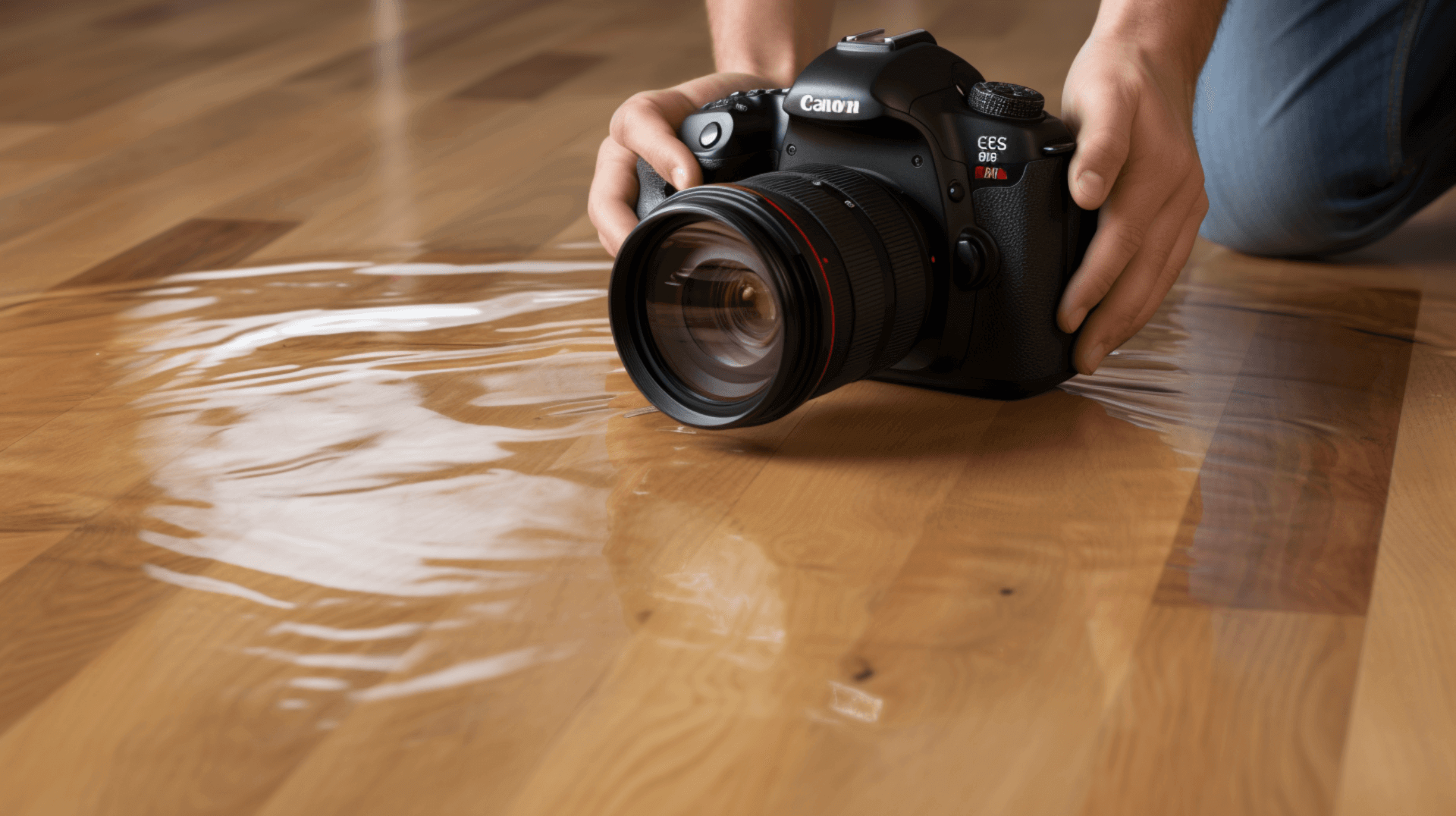
Wooden floors come in a variety of types, each with its own level of vulnerability to scratches. Solid wood floors are the most susceptible to scratches, as they are made from a single piece of wood and are not as durable as other types. They are also more prone to warping and other damage due to changes in humidity and temperature. Engineered wood floors are more resistant to scratches, as they are made from multiple layers of wood and are more durable. They are also less prone to warping and other damage due to changes in humidity and temperature. Laminate floors are the most resistant to scratches, as they are made from a composite material and are the most durable. They are also the most resistant to warping and other damage due to changes in humidity and temperature.
When it comes to protecting wooden floors from scratches, the type of flooring is an important consideration. Solid wood floors require more caution and preventive measures to avoid scratches, such as using protective mats or rugs in high-traffic areas and regularly inspecting and maintaining the floor’s finish. Engineered wood floors offer better resistance to scratches but still benefit from similar protective measures. Laminate floors, being the most resistant to scratches, require less maintenance and are more forgiving in high-traffic areas.
By understanding the vulnerability of different types of wooden floors to scratches, home and business owners can make informed decisions about their flooring choices and take appropriate measures to protect their floors from damage, ensuring their longevity and aesthetics.
The Role of Proper Maintenance in Protecting Wooden Floors
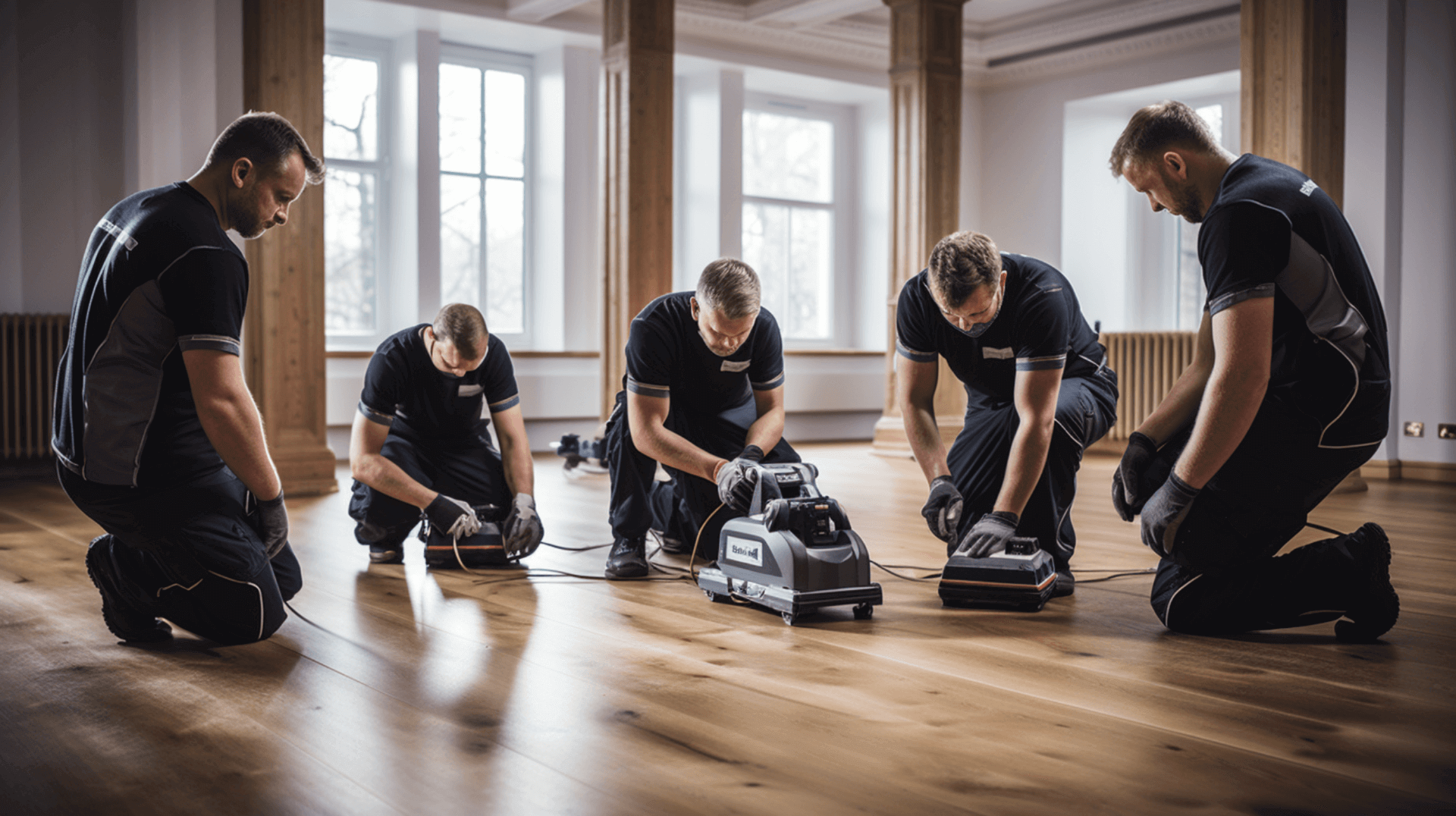
Regular maintenance is essential for protecting wooden floors from scratches and other damages. Proper cleaning and maintenance practices can help reduce the risk of scratches and other damages, ensuring the longevity and aesthetics of the floor.
The first step in maintaining wooden floors is to establish a cleaning regimen and incorporate floor cleaning into the regular cleaning routine. Dry sweeping the floor frequently can help remove fine and large particles from the surface. Additionally, using protective mats or rugs in areas where toys are used can provide a barrier between the toys and the floor.
When it comes to cleaning products, it is important to use the right products for the type of floor. Using the wrong products can damage the floor’s finish and cause adhesion problems with future maintenance coats. It is also important to be aware of the temperature and relative humidity of the room, as these can affect the performance of the floor.
Other preventive measures include using fabric-faced glides under the legs of furniture to prevent scuffing and scratching, avoiding walking on the floor with cleats, sports shoes, and high heels, and keeping pet claws trimmed and in good condition.
By following these maintenance practices, home and business owners can protect their wooden floors from scratches and other damages, preserving their beauty and value for years to come.
The Importance of Using the Right Cleaning Products on Wooden Floors
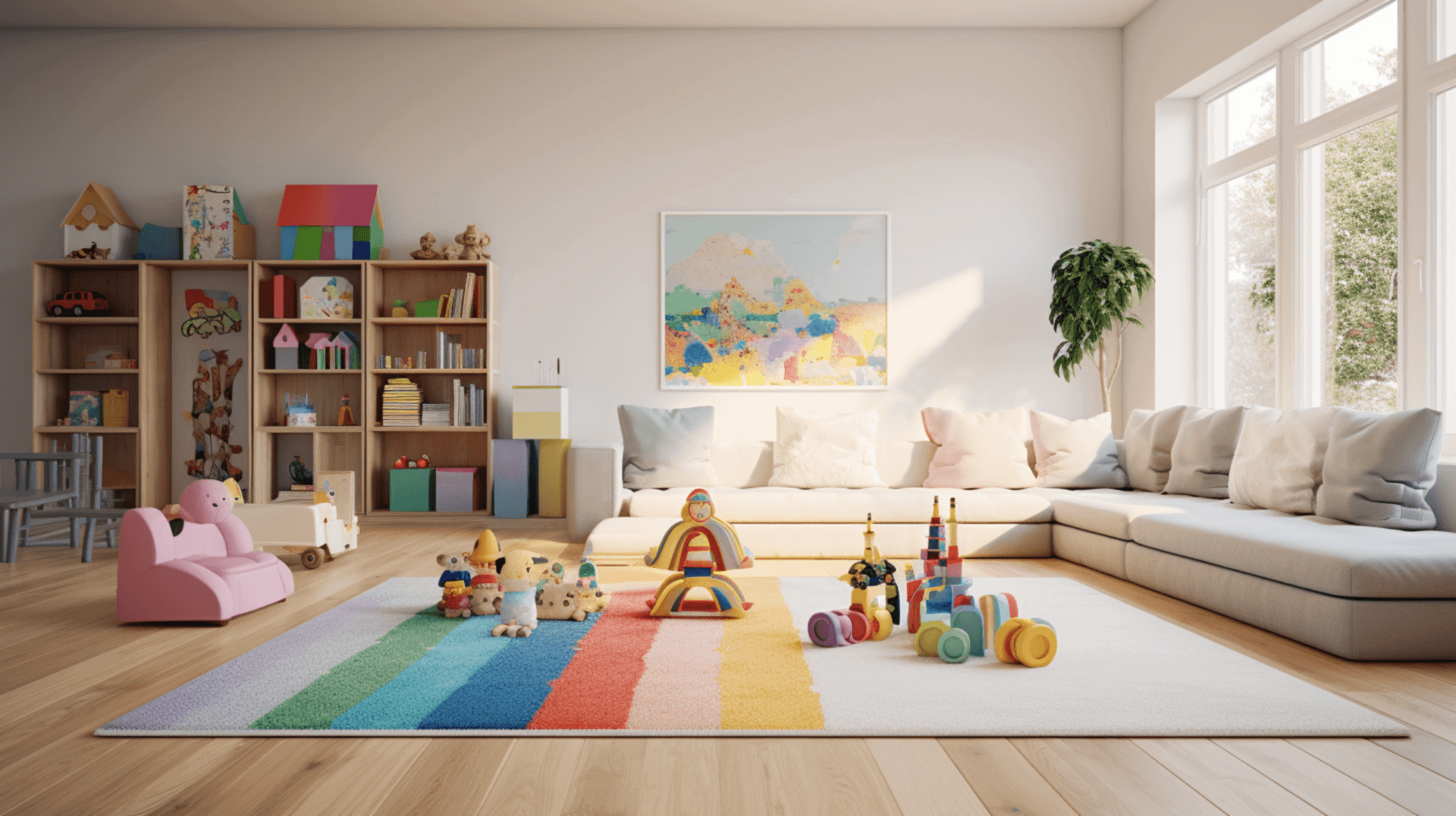
Using the right cleaning products on wooden floors is essential for protecting them from scratches and other damages. The wrong cleaning products can contribute to scratches and other damages, making it important to use the right products for the type of floor.
For wooden floors, it is important to use cleaning products that are specifically designed for wood floors. These products are usually pH-neutral and contain no harsh chemicals or abrasives that can damage the floor’s finish. It is also important to avoid using products that contain wax, oil, or silicone, as these can cause adhesion problems with future maintenance coats.
GJP Floor Sanding recommends using a wood floor cleaner specifically designed for wood floors. This cleaner is pH-neutral and contains no harsh chemicals or abrasives, making it safe for use on wooden floors. Additionally, it is designed to remove dirt and grime without leaving a residue, making it ideal for regular cleaning.
It is also important to be aware of the temperature and relative humidity of the room, as these can affect the performance of the floor. Additionally, any openings or hazards should be appropriately cordoned/barriered, and any specific safety considerations recommended by the manufacturer of the product should be followed.
By using the recommended cleaning products for wooden floors and following proper safety measures, home and business owners can effectively clean and maintain their floors without risking scratches or other damages, ensuring the longevity and aesthetics of the wood.
The Impact of Furniture and Other Household Items on Wooden Floors
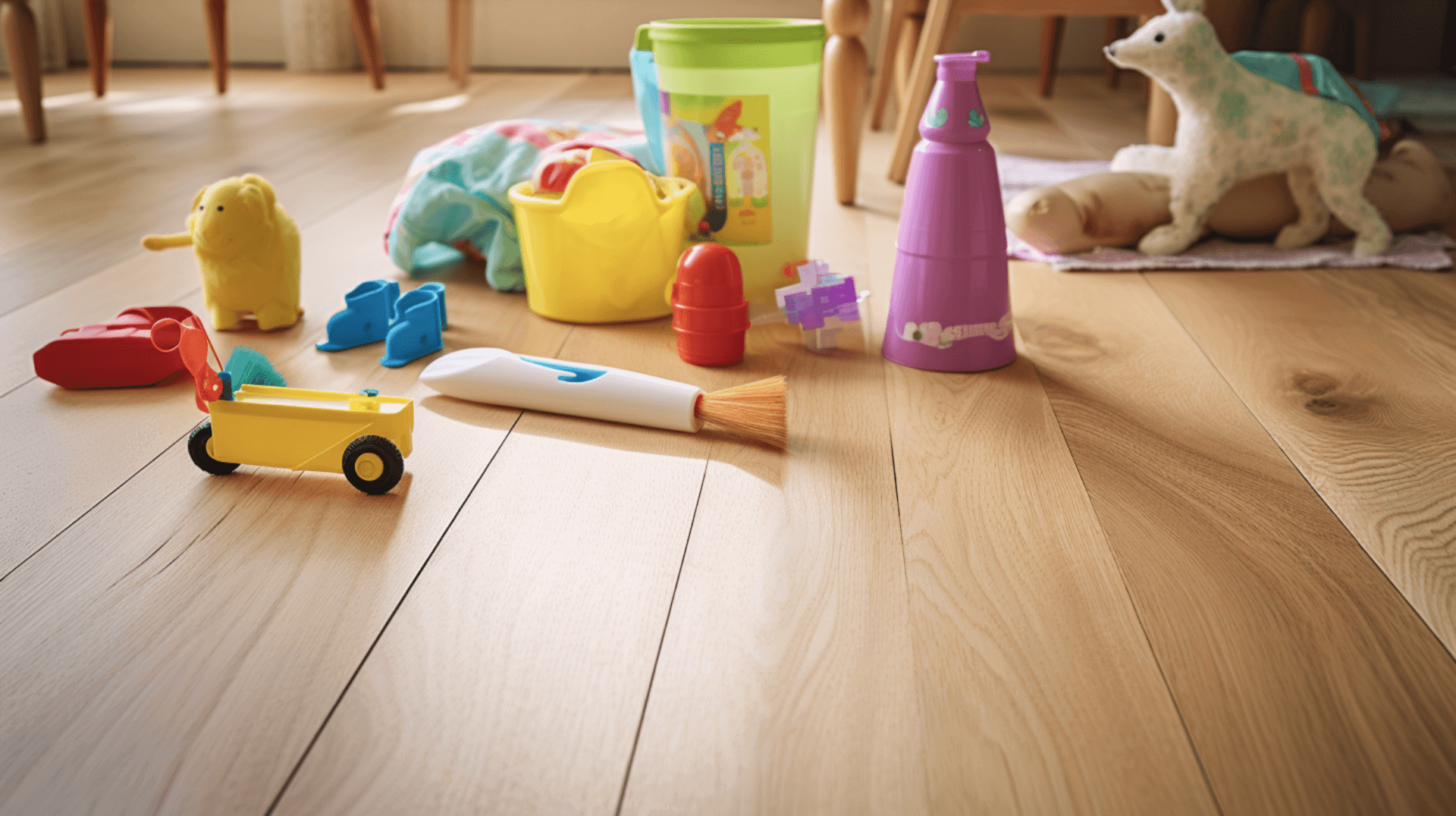
Furniture and other household items can cause scratches on wooden floors if not properly protected. The weight of furniture and other items can cause the floor to scratch, and the sharp edges of furniture can also cause scratches. Additionally, the movement of furniture and other items can cause the floor to scratch if not properly protected.
To prevent scratches, it is important to take precautions when moving furniture and other items on wooden floors. It is recommended to use furniture sliders or other protective measures when moving furniture and other items on wooden floors. Additionally, it is important to use protective mats or rugs in areas where toys are used, as this can provide a barrier between the toys and the floor. Furniture pads can also help in protecting wooden floors from scratches. Furniture pads are designed to provide a cushion between the furniture and the floor, reducing the risk of scratches. Additionally, using fabric-faced glides under the legs of furniture can help prevent scuffing and scratching.
It is worth noting that when replacing at least half a floor, it is important to ensure that the structure is insulated to the required standards, as outlined in the current version of BR443 conventions for calculating U-values. This ensures that the floor not only remains protected from scratches but also meets the necessary insulation requirements.
By implementing these preventive measures and considering insulation standards when replacing a significant portion of the floor, home and business owners can effectively protect their wooden floors from scratches and other damages, ensuring their longevity and maintaining energy efficiency.
The Role of Rugs and Carpets in Protecting Wooden Floors
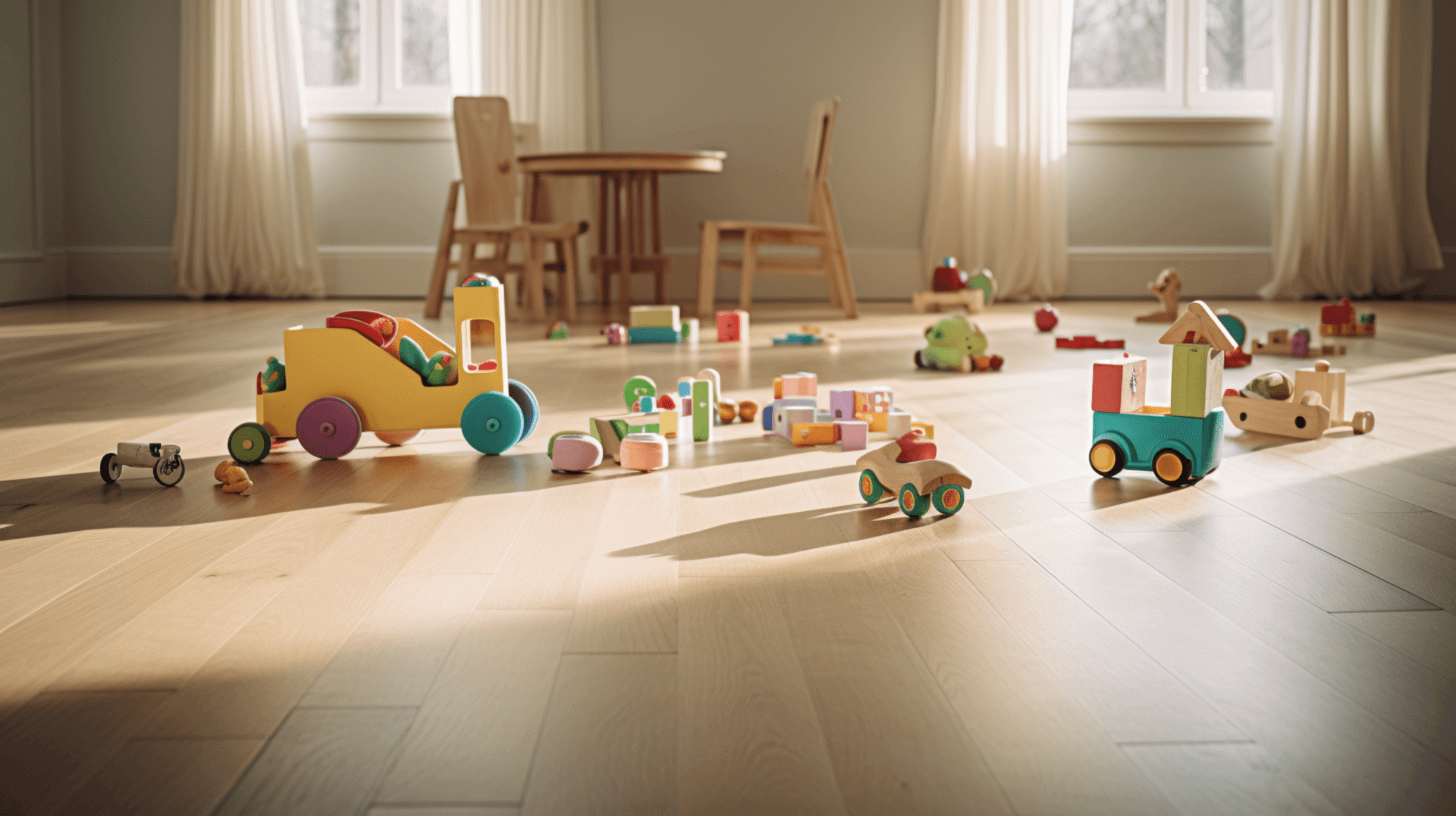
Rugs and carpets play a crucial role in protecting wooden floors from scratches and other damages. They act as a barrier between the floor and furniture, reducing the risk of scratches caused by the movement of furniture and other items. Additionally, rugs and carpets provide insulation, helping to maintain the temperature of the room and reduce energy costs.
To properly maintain rugs and carpets and ensure we don’t cause damage to the floors, regular vacuuming and spot cleaning are essential. This helps keep rugs and carpets clean and free of dirt and debris that can potentially scratch the floor. It is important to use the right cleaning products specifically designed for the type of rug or carpet, as using the wrong products can damage the floor’s finish. GJP Floor Sanding recommends using our specially formulated rug and carpet cleaner, which is safe for use on wooden floors and effectively removes dirt and grime without leaving a residue.
When replacing at least half a floor, it is important to ensure that the structure is insulated to the required standards, as outlined in the current version of BR443 conventions for calculating U-values. This ensures that the floor not only remains protected from scratches but also meets the necessary insulation requirements.
By following these guidelines and considering the use of rugs and carpets, home and business owners can effectively protect their wooden floors, preserving their beauty and longevity while maintaining energy efficiency.
The Use of Protective Coatings for Wooden Floors

Protective coatings are an important part of protecting wooden floors from scratches and other damages. There are a variety of protective coatings available, each with its own pros and cons.
The most common type of protective coating is a polyurethane finish. This type of finish is durable and provides a glossy finish that is easy to clean and maintain. It is also resistant to scratches and other damages, making it an ideal choice for high-traffic areas. polyurethane finishes can be difficult to apply and require regular maintenance.
Another type of protective coating is a wax finish. Wax finishes are easy to apply and provide a matte finish that is easy to clean and maintain. Wax finishes are also resistant to scratches and other damages, making them a good choice for high-traffic areas. wax finishes can be difficult to remove and require regular maintenance.
Oil-based finishes are another option. They provide a natural finish that is easy to clean and maintain. Oil-based finishes are also resistant to scratches and other damages, making them a good choice for high-traffic areas. they may require more frequent maintenance compared to other types of coatings.
The Process of Applying Protective Coatings on Wooden Floors
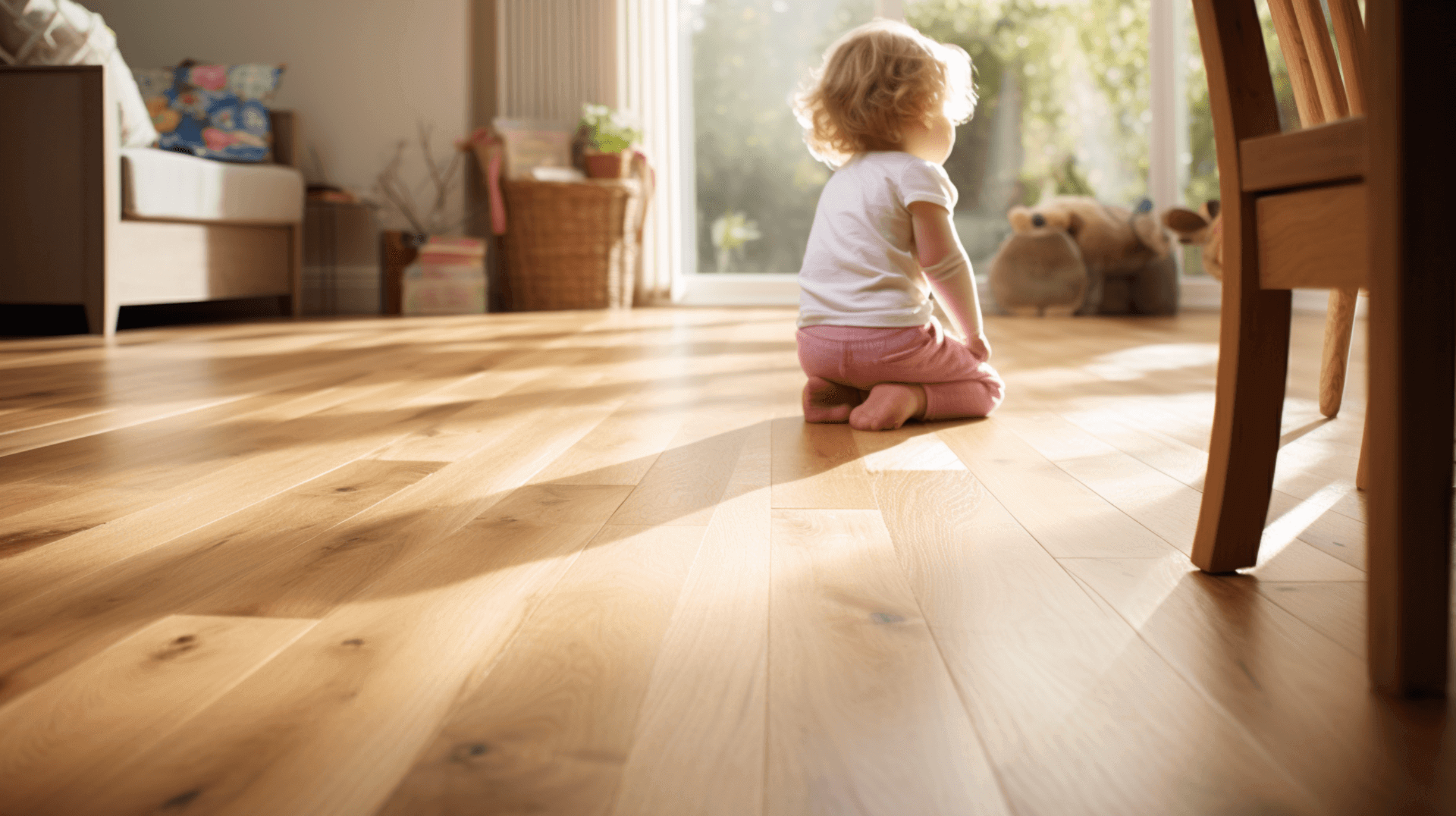
Applying a protective coating on a wooden floor is a relatively simple process, but it is important to take the necessary precautions to ensure the best results. The first step is to prepare the floor by cleaning it thoroughly and removing any dirt, dust, and debris. It is also important to sand the floor to ensure a smooth surface for the coating to adhere to.
Before applying the protective coating, it is crucial to assess the moisture content of the timbers. The moisture content should not exceed 20% to avoid potential issues such as decay or rot. This can be measured using a moisture meter with electromagnetic capability, which provides greater accuracy and depth of assessment.
Additionally, it is important to visually inspect the floor for any signs of decay or infestation. The timber joists and floorboards should be free from decay and infestation to ensure the longevity of the protective coating.
During the application process, it is important to wear protective clothing and safety equipment, such as gloves, goggles, and a respirator. Adequate ventilation is also necessary to prevent the inhalation of fumes from the coating.
After applying the protective coating, it is essential to allow it to cure for the recommended amount of time before allowing foot traffic or placing furniture back on the floor. This ensures that the coating properly adheres to the floor and provides optimal protection.
By following these steps and considering the moisture content and condition of the timbers, home and business owners can successfully apply a protective coating on their wooden floors, safeguarding them from scratches and other damages while maintaining their aesthetic appeal.
The Role of Professional Services in Protecting Wooden Floors
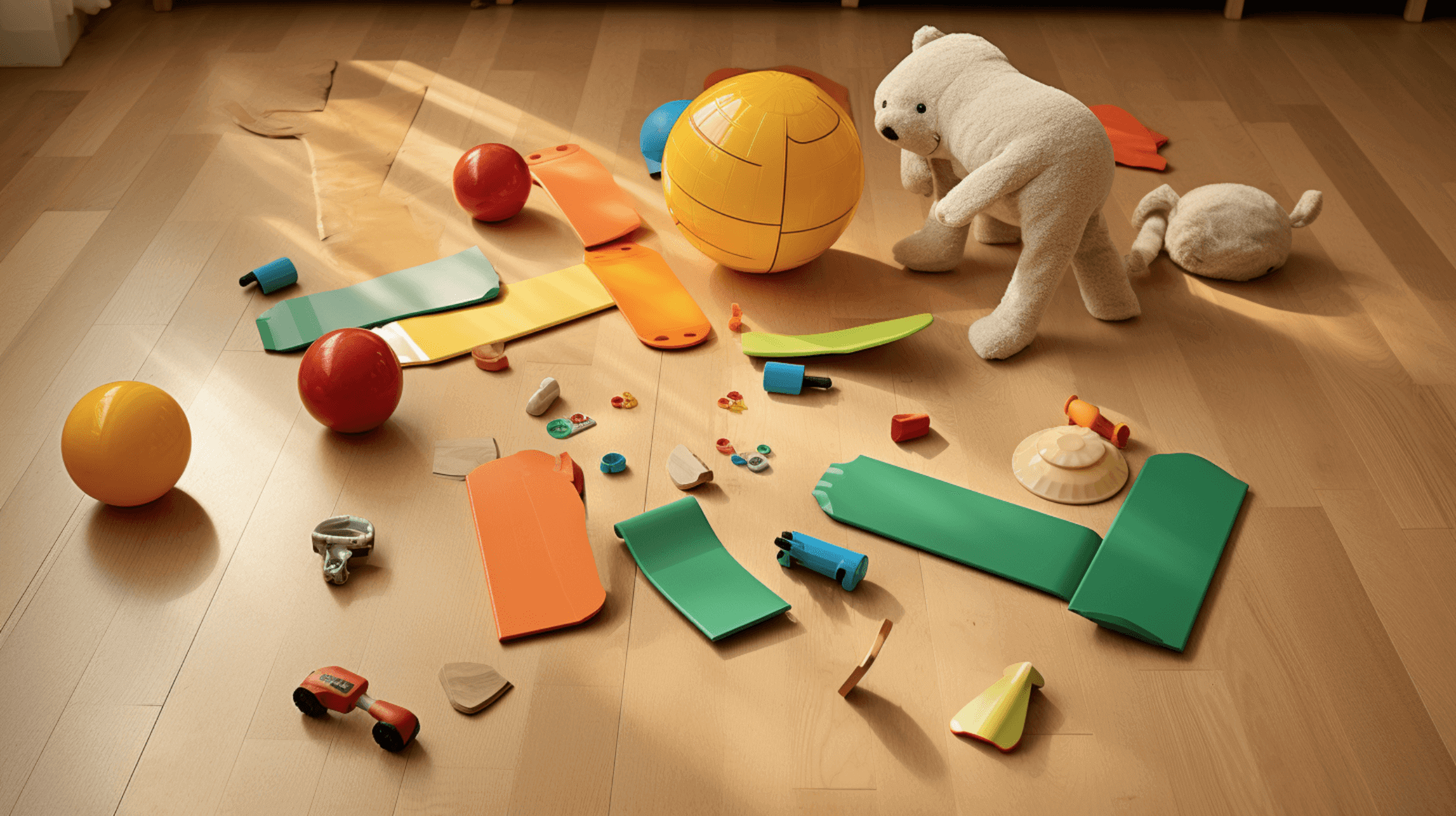
Professional services like GJP Floor Sanding can indeed help protect wooden floors from scratches and other damages. GJP Floor Sanding offers a comprehensive range of services specifically designed to protect wooden floors, including sanding, sealing, staining, and waxing.
Sanding is a crucial step in the process as it effectively removes dirt, dust, and imperfections that may have accumulated over time. This ensures a smooth and even surface for the protective coatings to adhere to.
Sealing is another important service offered by GJP Floor Sanding. By applying a protective sealant, the floor is shielded from moisture and other potential damages. The sealant also provides a glossy finish that not only enhances the floor’s appearance but also makes it easier to clean and maintain.
Staining is an additional option provided by GJP Floor Sanding. This service helps enhance the natural beauty of the wood while providing a protective layer that is resistant to scratches and other damages.
Waxing is yet another service offered by GJP Floor Sanding. By applying a wax finish, the floor is further protected from scratches and damages. The wax finish provides a matte appearance that is both easy to clean and maintain.
When considering professional services for floor protection, it is important to ensure that the technician is qualified and experienced in the process. GJP Floor Sanding has a team of skilled professionals who understand the intricacies of wooden floor protection and can provide expert advice and services to homeowners and business owners alike.
The CostBenefit Analysis of Protecting Wooden Floors
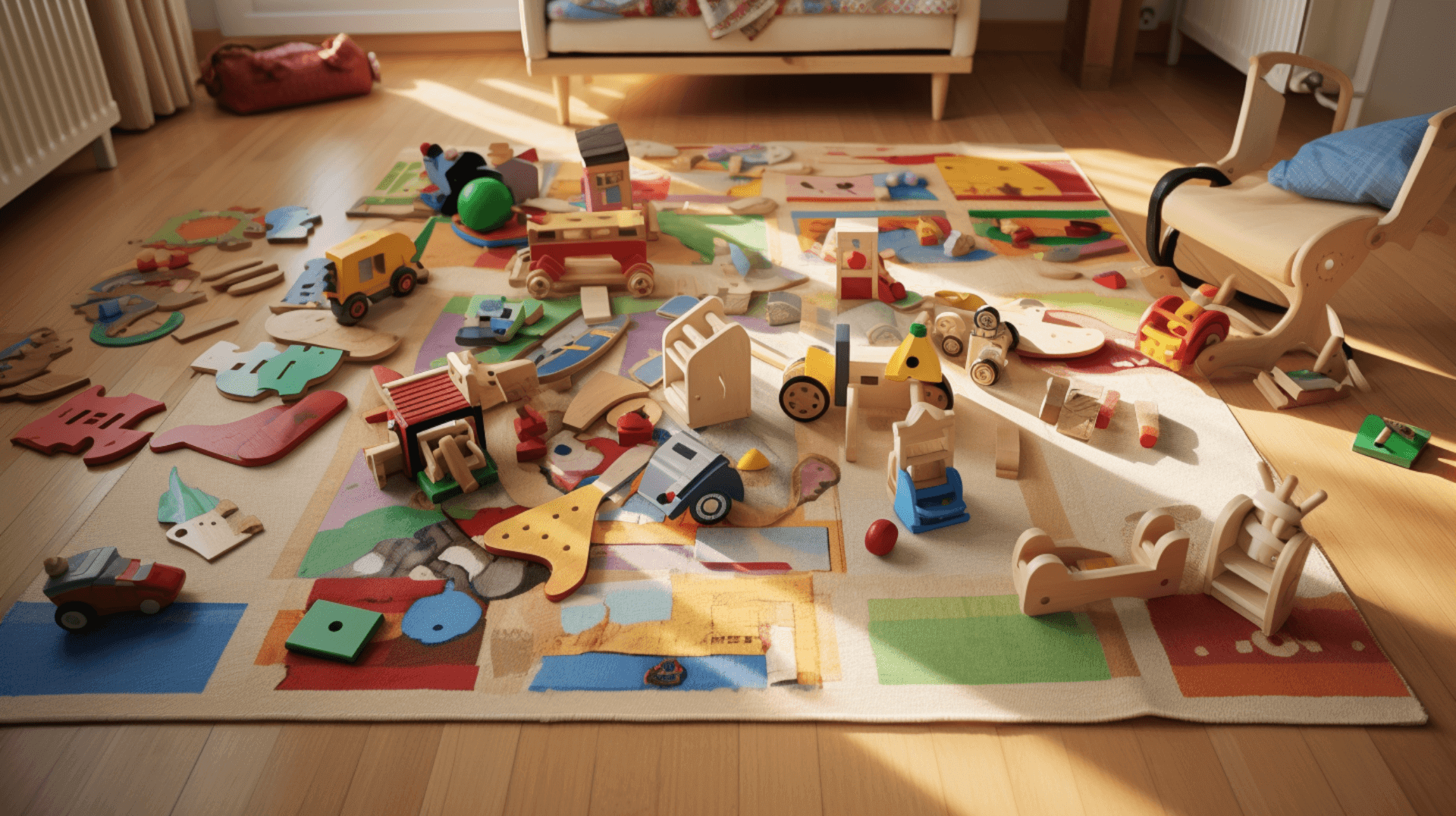
Protecting wooden floors from scratches and other damages is an important investment for homeowners and business owners. The cost of protecting wooden floors is relatively low compared to the cost of repairing or replacing scratched floors. Repairing or replacing scratched floors can be a time-consuming and expensive process, and it may not be possible to restore the floor to its original condition.
The cost of protecting wooden floors depends on factors such as the type of protective coating used and the size of the area to be covered. Polyurethane finishes, while more expensive, offer durability and require less maintenance. Wax finishes are a more affordable option and provide a matte finish that is easy to clean and maintain. Oil-based finishes offer a natural look but may require more frequent maintenance.
In addition to the cost of the protective coating, homeowners should also consider the cost of tools and materials needed for the application process. This includes sandpaper, sealant, staining, and waxing materials, as well as protective clothing and safety equipment. It is also important to consider any repairs or additional works that may be required to facilitate the installation of insulation, such as the repair of defects, additional materials, and any specific safety considerations as recommended by the manufacturer of the product or system utilized.
By investing in the protection of wooden floors, homeowners and business owners can avoid the higher costs associated with repairing or replacing scratched floors. Additionally, protecting wooden floors adds value to a property by maintaining its aesthetic appeal and ensuring its longevity. It is a cost-effective way to preserve the beauty and functionality of wooden floors in the long run.
Expert Advice from GJP Floor Sanding on Protecting Wooden Floors
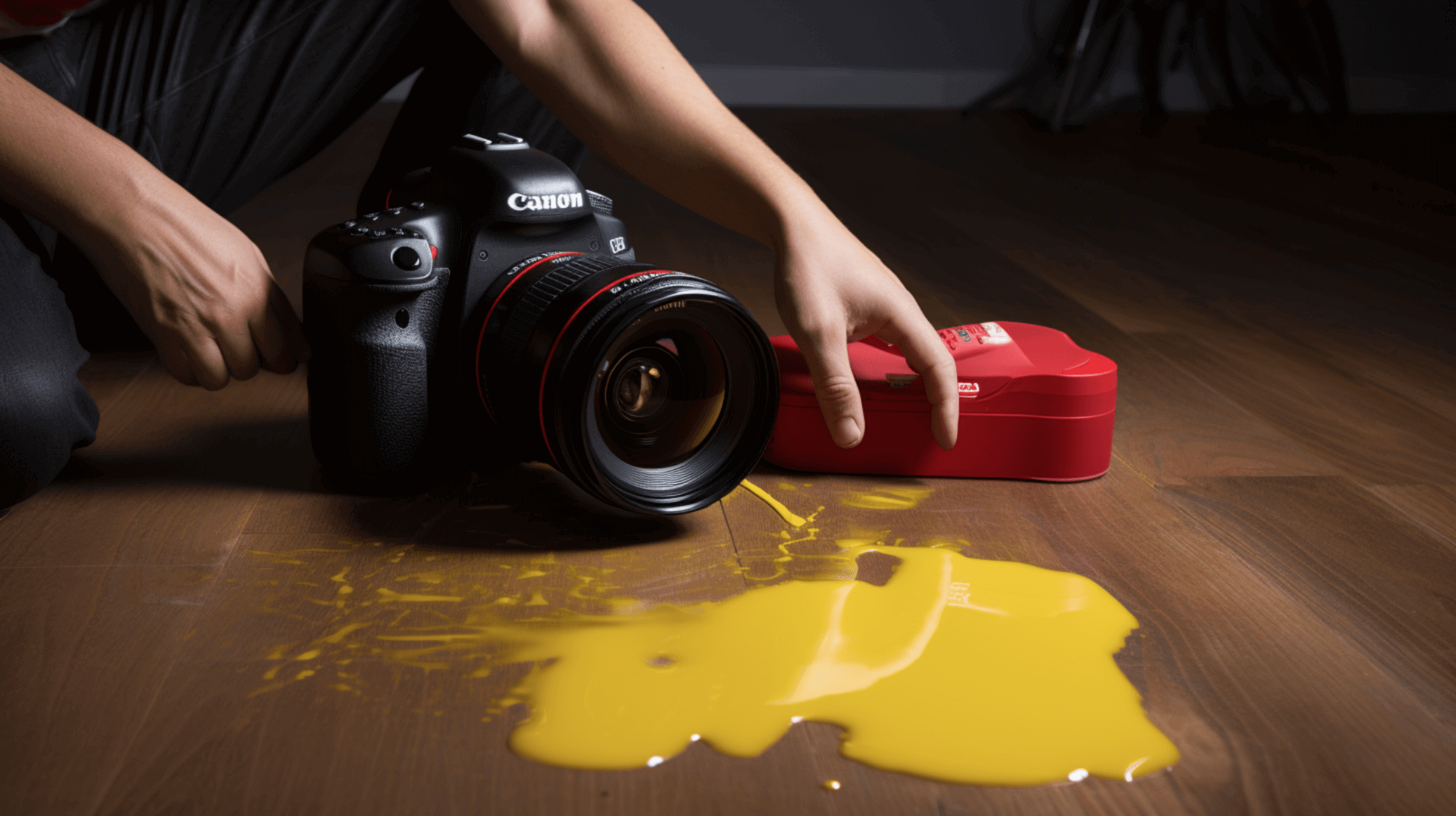
GJP Floor Sanding offers expert advice on protecting wooden floors from scratches and other damages. Our top tips, in addition to the previous ones, include:
- Clean the floor thoroughly before applying any protective coating. This ensures that the coating will adhere properly and provides the best protection.
- Assess the moisture content of the timbers before applying the protective coating. The moisture content should not exceed 20% to avoid potential issues such as decay or rot.
- Visually inspect the floor for any signs of decay or infestation before applying the protective coating.
- Wear protective clothing and safety equipment, such as gloves, goggles, and a respirator, when applying the protective coating.
- Allow the protective coating to cure for the recommended amount of time before allowing foot traffic or placing furniture back on the floor.
- Verify that the address for installation is correct, and the technician identifies their credentials to the customer.
- Do not park vehicles on the customer’s drive without permission.
- Explain to the customer the purpose of the visit and what they can expect.
- Use shoe protectors/covers when entering the property.
- Advise the customer of any precautions needed, such as the removal of materials or possessions that restrict access to the floor.
By following these additional tips from GJP Floor Sanding, homeowners and business owners can ensure the best protection for our wooden floors and maintain our longevity and aesthetic appeal.
Contact GJP Floor Sanding for Professional Wooden Floor Protection
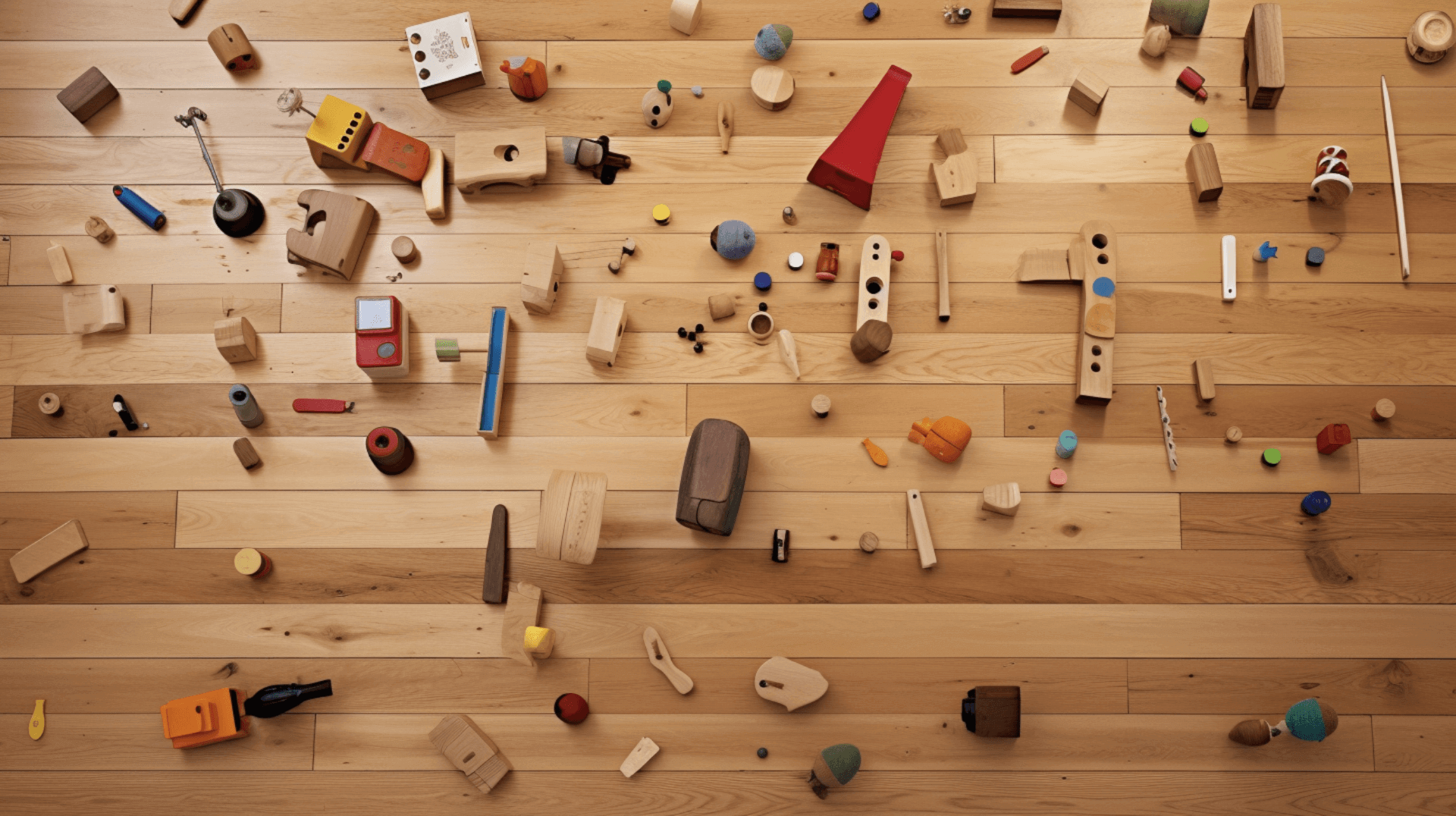
GJP Floor Sanding is the best choice for protecting wooden floors from scratches and other damages. Customers can contact GJP Floor Sanding for our wooden floor protection needs by phone, email, or through our website.
When customers choose GJP Floor Sanding, we can expect a comprehensive range of services specifically designed to protect wooden floors. This includes sanding, sealing, staining, and waxing, as well as expert advice on the best protective coating for our floor. GJP Floor Sanding also offers a unique insight into the industry, based on our years of experience in the field. We provide guidance on best practices for retrofit floor insulation, such as suspended timber floors, and offer advice on health and safety, materials, building regulations, and installation considerations. We also provide information on water and visual inspection of all floor voids, repairs, and services, as well as damp-proof courses and moisture control barriers.
With our comprehensive range of services, expert advice, and commitment to customer satisfaction, GJP Floor Sanding is the ideal choice for homeowners and business owners looking to protect and enhance the beauty of our wooden floors. Our team of skilled professionals understands the intricacies of wooden floor protection and can provide expert advice and services to ensure the highest quality of protection for wooden floors.
